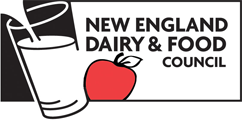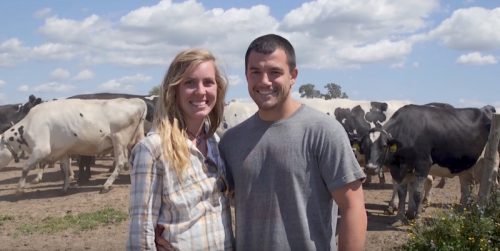 Sustainability
Sustainability
Dairy Sustainability
The grass may be greener than you think on dairy farms
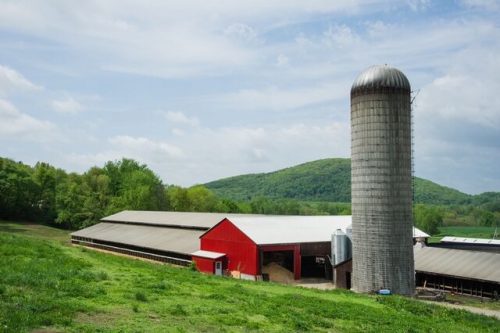
Dairy farmers commitment to the environment and their local communities mirrors their dedication for producing a delicious and nourishing product today and 100 years from now. Dairy farming is a global practice, but right here in New England there are about 1,200 farms. The iconic scenery of the New England landscape, with its red barns, sky-scraping silos and rolling green pastures, is as unique as its residents. Read on to see how local dairy farmers preserve this land for all of us to enjoy.
A Quick U.S History Lesson
Dairy farmers, processors, milk transportation companies and others in the dairy community came together in 2007 to establish clear sustainability goals through the U.S. Dairy Sustainability Commitment.1 This collaborative effort solidified the dairy industry’s efforts to measure and improve the environmental, societal, and economic sustainability of U.S. dairy. The Sustainability Commitment ensures that the dairy industry produces high quality, nutritious dairy products in a way that protects natural resources, supports communities and reduces environmental impact. The sixth annual U.S. Dairy Sustainability Report describes how farmers are making this goal a reality.1
Dairy Sustainability Today
In recent decades, improvements in animal breeding and health programs, cow comfort, and farm management practices have allowed dairy cows today to produce more milk from the same amount of resources. This reduces the demand for non-renewable or energy-intensive inputs (e.g. land, water, fossil fuels and fertilizers) and promotes environmental stewardship. It’s estimated that the carbon footprint of milk has been reduced by 63% since 1944, according to research from the Department of Animal Science of Cornell University.2
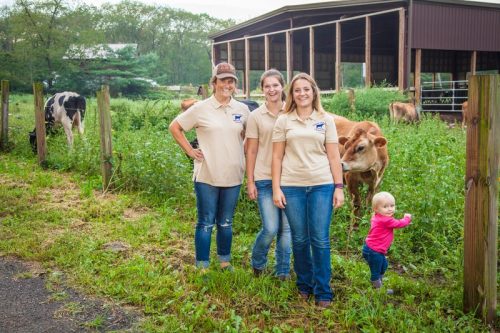
When it comes to human nutrition, dairy is not easily replaced in the diet as a source of essential nutrients. Dairy products provide a source of high-quality protein and several important vitamins and minerals like calcium, vitamin D, pantothenic acid, magnesium, riboflavin, and potassium. According to a recent study, dairy products can meet the daily recommendations for calcium, while aligning with calorie, sodium, and saturated fat intake guidelines.3 Recent research by the Proceedings of the National Academy of Sciences found that removing animals from U.S. agriculture would result in a 2.6% reduction in greenhouse gas emissions, but would also create a food supply incapable of supporting the U.S. population’s nutritional requirements.4
Sustainable Farming Practices
Quality Care for Cows
Keeping cows happy and healthy is an important sustainability practice because well cared for cows produce high quality dairy products. Common practices farmers use to ensure optimal health of their cows include providing them with a nutritious diet, routine veterinary care, and clean and comfortable living conditions.
In fact, a nutritious cow diet is also sustainable! Most of what a cow eats (around 75% of their diet) is made up of by-products, such as citrus pulp and cottonseed.4 Cows have four stomachs, allowing them to digest and get nutrients from foods people can’t digest. Cows are basically natural recyclers.
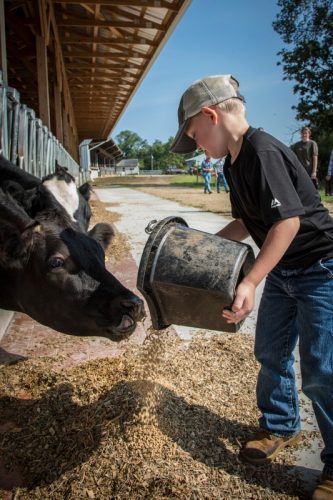
Click here to see how a local New England farm goes above and beyond to care for their cows.
Water Conservation5
Reduce, reuse, and recycle also applies to water usage on dairy farms. Water can be a scarce resource and many farmers are diligent water conservationists.
Reduce: Water management practices used today by dairy farmers require 65% less water than what was used 60 years ago to make the same amount of milk.
Reuse: One of the biggest uses of water on dairy farms is by the milk cooling system. Milk leaves a cow’s body at around 101 degrees and must be quickly cooled to around 38 degrees for freshness and safety. The milk is cooled by water from the cooling system, but can also be reused as drinking water for the cows or used for cleaning the barn.
Recycle: Some farmers also collect rainwater to either help clean the barn or to water crops on the property. Some farmers even recycle the water used to clean the barn, think manure, and then water the crops with that water. That water then acts as a natural fertilizer. It’s a win-win situation.
Manure Management6
Power to the poo! Many farmers use cow manure to help feed and replenish the soil crops need to grow. Just as cows need a nutritious diet to produce quality milk, plants need nutritious soil to grow, and that’s where cow manure comes in. Manure also reduces the amount of commercial fertilizers farmers use.
Cow manure can also be turned into clean energy source. Some farms now have anaerobic or methane digesters on their property to generate electrical power from cow waste. See how a farm in Vermont uses a methane digester by clicking here.
Honoring the Harvest
Honoring the Harvest is about using food for its highest purpose – to nourish people – and moving nutrients through the food system from people, to animals and back to the land to grow more food rather than going to waste in a landfill.7
Dairy farmers are honoring the harvest by using sustainable practices to feed people, animals, and the land. This nation-wide effort practiced here in New England thanks to our dairy farmers. These local farms also provide jobs and stimulate economic stability in our region, while producing healthy nutritious and affordable diary products for our communities.
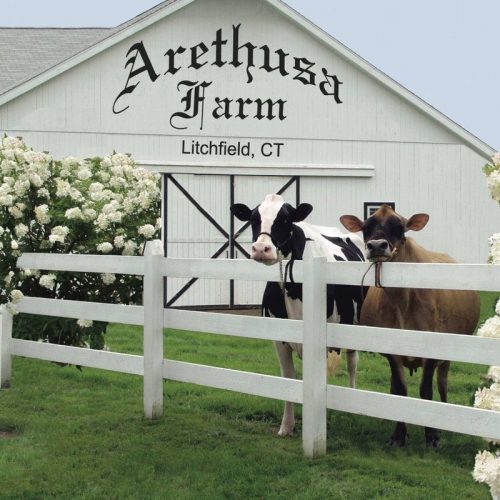
For more information on dairy sustainability visit:
References
- 2016 SUSTAINABILITY U.S. DAIRY REPORT. Innovation Center for U.S. Dairy. 2016
- Capper, J. L., R. A. Cady, and D. E. Bauman. 2009. The environmental impact of dairy production: 1944 compared with 2007. J. Anim. Sci. 87:2160–2167.
- Drewnowski, A. (2017). Measures and metrics of sustainable diets with a focus on milk, yogurt, and dairy products. Nutrition Reviews,76(1), 21-28. doi:10.1093/nutrit/nux063
- White, R. R., & Hall, M. B. (2017). Nutritional and greenhouse gas impacts of removing animals from US agriculture. Proceedings of the National Academy of Sciences,114(48). doi:10.1073/pnas.1707322114
- Water: More Than Just a Refreshing Drink for Dairy Cows. (n.d.). Retrieved from https://dairygood.org/content/2013/water-more-than-just-a-refreshing-drink-for-dairy-cows
- Managing manure with biogas recovery systems: Improved performance at competitive costs: The AgSTAR Program. (2002). Washington, DC: U.S. Environmental Protection Agency, Office of Air and Radiation.
- Ragalie-Carr, J. (n.d.). Honor the Harvest: From Farm to Table and Back Again. Retrieved from https://dairygood.org/content/2016/honor-the-harvest-from-farm-to-table-and-back-again
